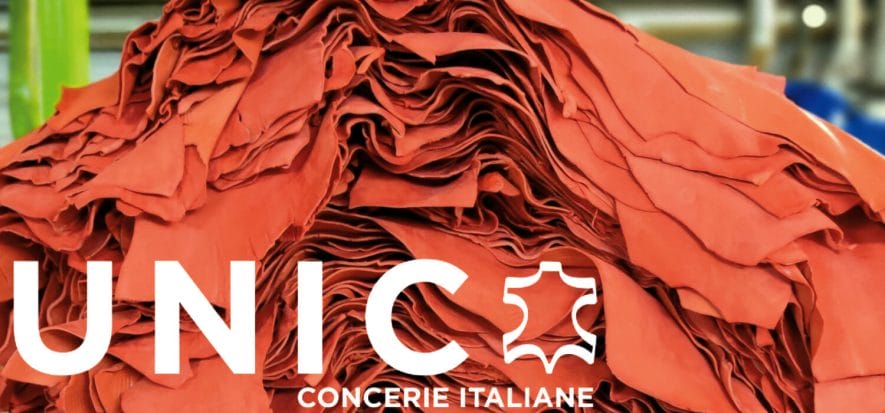Leather enters the European Green Deal. If the EU goal is to decarbonise the EU area by 2050, favouring circular economic models and those favouring durable and reusable materials, leather can be said as to be aligned already. After integrating the sustainable development goals of the UN 2030 agenda in 2019, the UNIC report is proposed as a tool for operators and stakeholders to ensure that leather is recognised as a material protagonist of the green revolution.
Leather enters the European Green Deal
The Sustainability Report was presented on December 3rd during UNIC – Italian Tanneries Assembly. The document, in its 18th edition, photographs leather as a biological, renewable material from a recovered origin.
From the point of view of social sustainability, the report photographs a 21.5% share of female employment in the sector, as well as a stable accident rate on an annual basis, with an incidence of 25% of accidents while traveling.
While the tanning association spends its efforts on collective initiatives, the environmental performance of the industry is confirmed, in historical series, to be positive. The production of waste per square meter of finished leather, for example, went from 1.75 kilos from the previous year to 1.65 kilos detected by the 2020 report. 75.4% of this waste, in any case, is destined to be recovered.
Collaborations and animal welfare
The 2020 Sustainability Report also describes UNIC initiatives in favour of tools that make the supply chain traceable and safe. A few examples? The Traceability of Sustainable Value Chains project, developed in collaboration with UNECE (UN economic cooperation) and ITC.
But also DCF Leather project, launched with the Brazilian CICB and CSCB, ICEC certification body and some international partners. DCF Leather intends to guarantee the origin of the hides from sources unrelated to deforested areas: after Brazil, it is in the process of expanding to other supply areas relevant to the sector.
In the meantime, UNIC’s collaboration with the Department of Veterinary Medicine of the University of Milan ended in 2020. The two partners have mapped regulations regarding animal welfare in the main procurement markets of the Italian tanning industry. This way, its characteristics have been described in the context of breeding, as we said, transport and slaughter.
Read also:
- 23 tanneries awarded by UNIC
- The LIFE MAGIS project gets into the thick of things, as portal is online
- Real Leather is Real Sustainability: here is UNIC ad campaign











